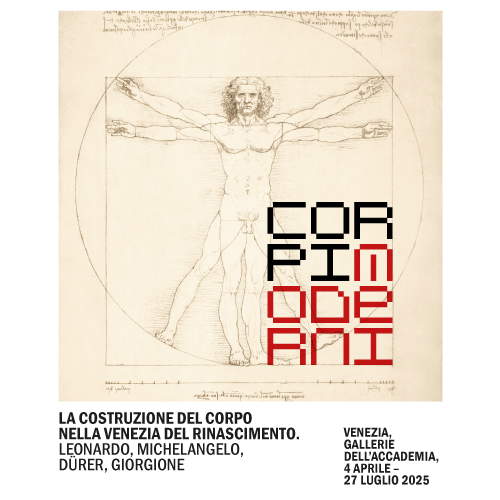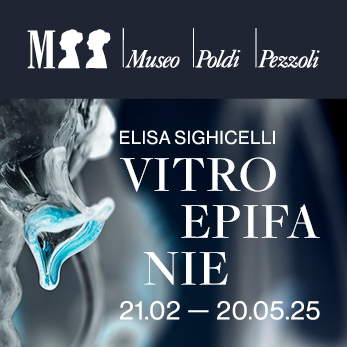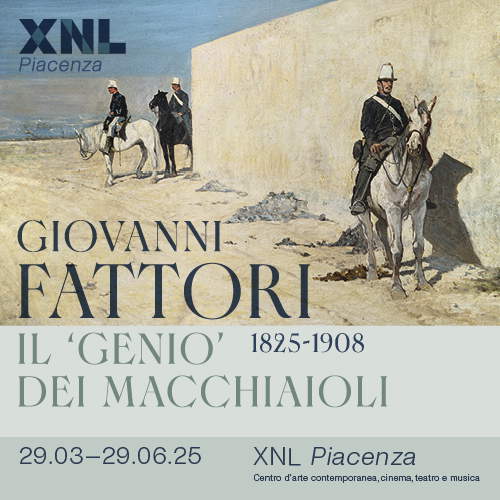A documentary dedicated to Cimabue arrives on Rai5.
On Wednesday, April 9, at 9:15 p.m., Rai 5 will premiere the documentary film Da Cimabue a Giotto, a journey to rediscover one of the most revolutionary and at the same time forgotten painters in the history of art: Cimabue (Florence, c. 1240 - Pisa, 1302). The documentary, hosted by Neri Marcorè, sheds light on a fundamental historical period, one of those junctures that marked the end of the Middle Ages and the beginning of modernity, offering a new perspective on Western art and culture.
The figure of Cimabue, often overshadowed by his more famous pupil Giotto, has been the subject of a recent rediscovery, which has brought to light a painting that had been hidden or forgotten for more than seven centuries. This work, a testament to his genius, was recently purchased at auction for a record 24 million euros and is now part of the collections of the Louvre Museum in Paris. The event marks a crucial moment in the appreciation of Cimabue, whose role in the history of painting has proven to be far more important than artistic tradition has suggested for centuries. Cimabue, a native of Tuscany, was a central figure in 13th-century Italian painting. Yet his fame was gradually overshadowed by his illustrious successor Giotto, whose innovative style conquered European art. This documentary film explores his legacy and influence on the great Renaissance masters who would emerge a century later, from Leonardo da Vinci to Michelangelo to Raphael.
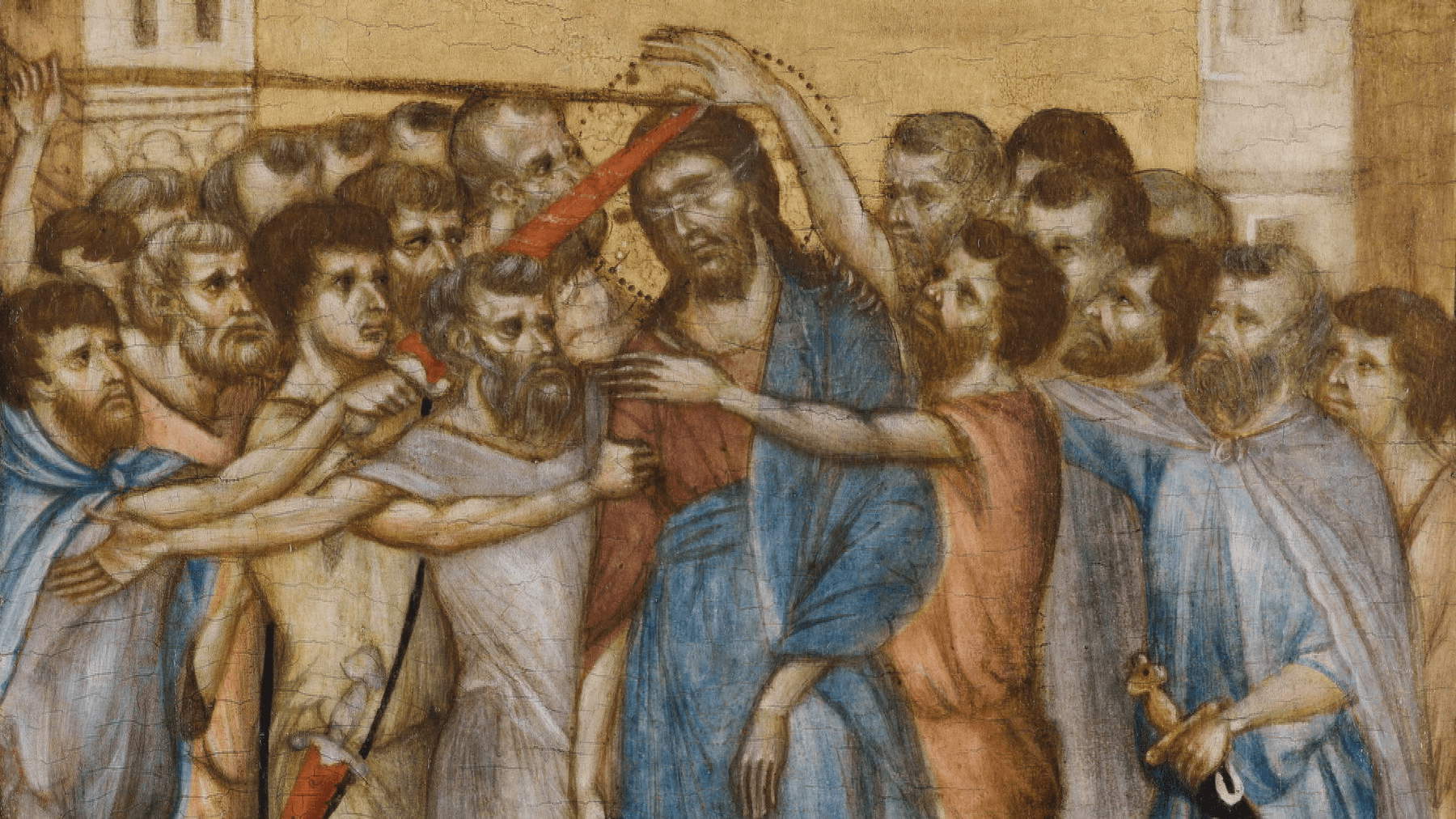
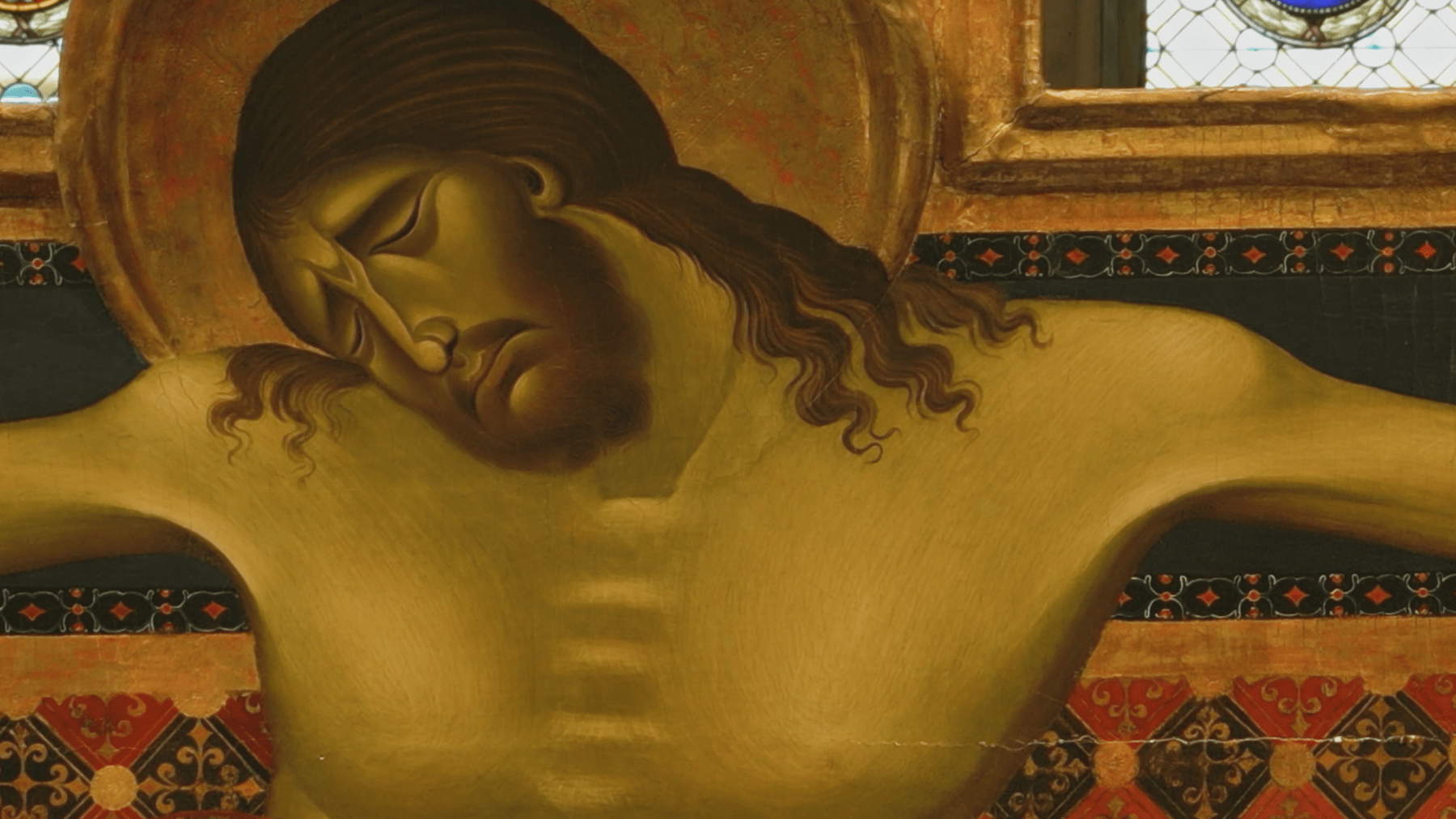
The painting of Cimabue and his disciples marked a break with Byzantine traditions. His work introduced a new artistic language, closer to reality, capable of representing human emotions and the natural world with a precision never seen before. These artists, working in cities such as Florence, Pisa, Siena, Arezzo and Assisi, laid the foundations for what was to be the great Italian Renaissance. At a time when religious fervor and the figure of St. Francis of Assisi inspired renewed attention to the earthly world and its beauty, Cimabue and his pupils introduced an art that would forever change the course of history.
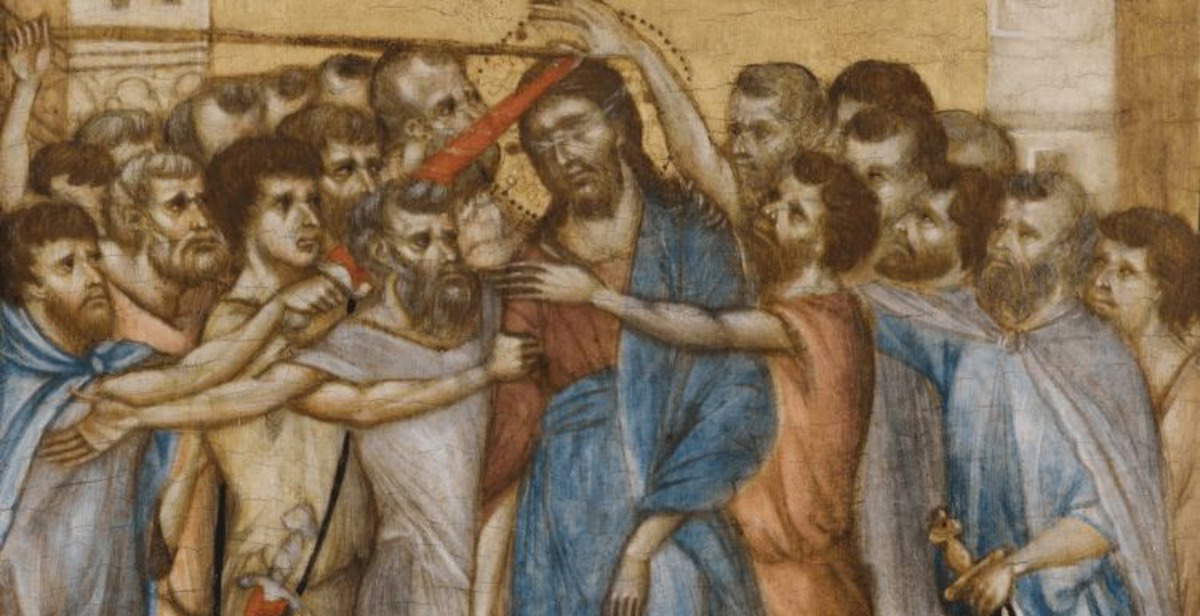 |
| A documentary dedicated to Cimabue arrives on Rai5. |
Warning: the translation into English of the original Italian article was created using automatic tools. We undertake to review all articles, but we do not guarantee the total absence of inaccuracies in the translation due to the program. You can find the original by clicking on the ITA button. If you find any mistake,please contact us.





